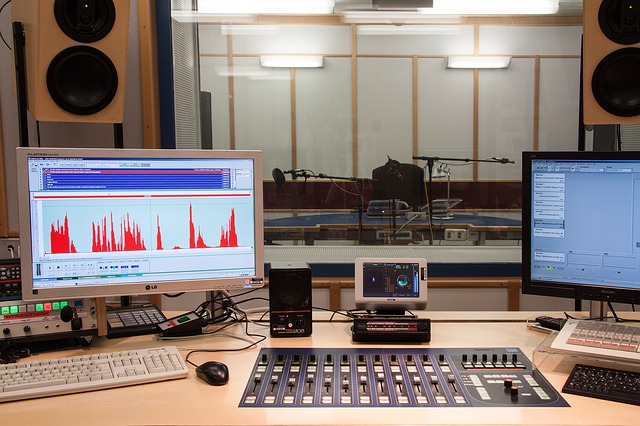 While video gains attention, marketers and PR may be neglecting audio content.
While video gains attention, marketers and PR may be neglecting audio content.
People can listen to podcasts, music or audio books while they drive, walk, exercise and even work at their jobs. Podcast content is estimated to reach 67 million people and 8 billion hours of content this year, according to the Activiate Tech & Media Outlook. On-demand audio streaming increased 76 percent in 2016, surpassing video streaming by more than 250 million streams, according to Nielsen. In addition, the rise of voice-activated internet search, smart speakers and connected cars will likely bolster the importance of audio programs and messages.
“Podcasting and other audio content marketing is no longer a sideshow to video and other trendy content format,” says Heidi Cohen, president of Riverside Marketing Strategies. “From a marketing perspective, podcast and audio content are critical to remain competitive.”
How to Include Audio in PR & Marketing Strategies
Marketing and public relations experts offer these suggestions to incorporate audio into content marketing and PR strategies.
Record your blog posts and distribute them as podcasts. Example: Content Marketing Institute’s Pulizzi and Rose podcasts, which provide insights, tips and news from the content marketing industry.
Add audio to your website. Make sure it can be disabled to avoid annoying visitors, advises Robert Katain, content strategist at Bannersnack, in a MarketingProfs article.
Consider audio on social media. Facebook Live Audio may be a good option if your fans and customers visit Facebook often. Live Audio offers a way to reach audiences in real time from areas with low connectivity.
Create your own station. Large brands can create their own streaming audio channels. Pepsi has Pulse Pop, a branded radio station on Apple’s iTunes Radio, and Toyota has created a station on Pandora that features interviews with popular artists.
Watch the voice. Consider a professional voice-over artist to promote your brand’s message. A pleasant, friendly voice sooths the audience and keeps them listening. Professional audio experts can also handle the technical aspects of recording in a sound-proof studio to prevent background noises. To vet voice actors, send a portion of your script with instructions and ask them to audition your material.
“The professional voice talent is a trained actor who communicates, not just reads, your story,” says voice actor Marie Hoffman in an article for VoiceOverXtra. Because audio recordings can be recorded digitally and readily transferred as an email attachment, you are not limited to local voice-over talent. Choose the best voice, no matter the person’s location, monitor the live recording over the phone, and have the edited or unedited digital file sent to you.
Study your audience demographics to determine type of devices and channels they prefer and when they’re likely to listen, be it commuting to work, exercising at the gym or cooking dinner. This influences the information they seek, Cohen says.
Decide on a format. Consider established formats of radio and cable news. Some formats include the question and answer, interviews of experts, news commentary and audience call-ins. Another option is a “dynamic duo” of a host and sidekick, Cohen suggests, pointing to Mark Schaefer and Tom Webster of Marketing Companion.
Create and distribute an audio news release (ANR), also known as a radio news release or RNR. An ANR is a 30- or 60 second segment about your product or company that’s distributed to radio stations and networks. ANRs differ from standard news releases. They’re written for the ear, are more concise and conversational. Select a vendor with broadcast journalism and public relations experience, and find what their services cover, how extensively they distribute releases, and how they measure listenership.
Monitor the audio programs you distribute. Media monitoring is essential for measuring the effectiveness of the news releases as well as overall PR campaign. The best radio monitoring services perform speech-to-text talk radio monitoring in the top markets, store the text of radio clips in an online database and deliver overnight alerts of radio clips via email. The ideal monitoring solution also offers comprehensive monitoring of social media and traditional media, including broadcast media.
Bottom Line: Marketing and PR can take advantage of the growing popularity of audio formats by creating and promoting more audio content. More people enjoy listening podcasts and other audio content as they go about their day. Depending on the audience, audio content marketing can be a valuable PR and marketing venue.
William J. Comcowich founded and served as CEO of CyberAlert LLC, the predecessor of Glean.info. He is currently serving as Interim CEO and member of the Board of Directors. Glean.info provides customized media monitoring, media measurement and analytics solutions across all types of traditional and social media.




